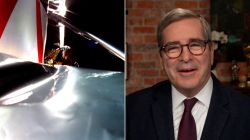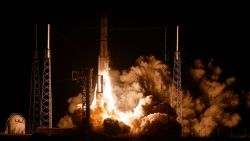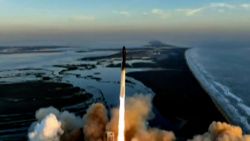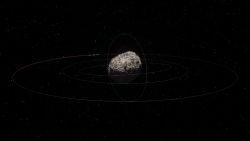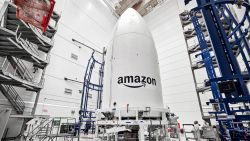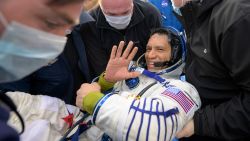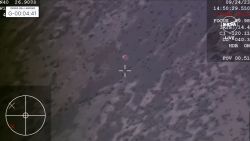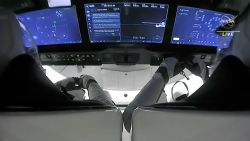In the face of more frustrating delays with the rocket Boeing is building for NASA, the space agency will decide how to launch an upcoming Moon mission.
NASA is expected to announce this week whether it will sideline its long-overdue rocket, Space Launch System, and instead use commercial launch vehicles. The space agency contracted Boeing in 2012 to build SLS’s core components.
NASA Administrator Jim Bridenstine made a stunning announcement during a Senate hearing on March 13 that the space agency would weigh buying rockets like those made by SpaceX and United Launch Alliance.
That consideration was necessary, he said, because SLS was facing new hangups that threatened to upend plans to launch its Orion spacecraft on an uncrewed test flight around the Moon in mid-2020.
It was the first time an agency official suggested publicly that existing heavy-lift rockets could get the job done. The news emboldened critics who say NASA doesn’t need to spend billions on SLS to reach many of its goals.

But NASA is not abandoning its rocket. Bridenstine reiterated NASA’s long-term commitment to SLS, saying it remained “critical” to US spacefight ambitions because of its size: The rocket would far out-power anything currently on the market and open up new opportunities such as landing people on Mars.
For the sake of avoiding more embarrassing delays for Orion’s upcoming test flight, however, Bridenstine said NASA would spend two weeks reviewing other launch options for that mission.
The results are expected to be made public in the next few days, and it’s not clear what NASA will decide.
Boeing spokeswoman Patricia Soloveichik said Saturday that the company “had some breakthroughs in manufacturing innovations” and will be able to deliver its components on time. A NASA spokesperson did not respond to requests for comment over the weekend.
SLS, Boeing and commercial space
NASA wants to eventually use SLS to launch humans into deep space for the first time in a half century. The rocket promises to be the mightiest ever built, able to produce up to 20% more thrust than the Saturn V rocket that powered the Apollo missions.
Boeing started building the core stage, the backbone of the rocket, about seven years ago. Officials said SLS would be ready to fly the Orion capsule on its uncrewed lunar mission, dubbed EM-1, in December 2017.
But that target was eventually pushed back to at least mid-2020.
An oversight report published five months ago blasted “Boeing’s poor performance” and said cost overruns are expected to double the company’s expenses, to at least $8.9 billion, by 2022. NASA had already spent at least $11.9 billion on SLS.
The space agency said at the time that it “fully supports” SLS and Boeing, and the program was showing “major improvements in efficiency and management.”
But NASA officials were reportedly furious when they met with Boeing executives earlier this month. They said hangups could push SLS’s debut into late 2021, according to the Washington Post. (CNN Business was not able to independently verify the report. A Boeing spokesperson said she was unfamiliar with the conversations.)
When Administrator Bridenstine faced Congress on March 13, he said more delays would be unacceptable and pledged to consider “all options” for launching EM-1 by the 2020 deadline.
“Certainly, there are opportunities to utilize commercial capabilities,” he said, suggesting two heavy-lift rockets could be used in place of SLS. One rocket could launch Orion, he suggested, and another could launch the service module designed to power the capsule out to the Moon.
That could lower the launch price: SLS will reportedly cost $1 billion per flight, while two SpaceX Falcon Heavy rockets could cost less than $200 million. But NASA would have to sink time and money into developing a way to mate Orion with its service module while in orbit.
Two days after the hearing, Bridenstine said in a tweet that NASA and Boeing “are working overtime to accelerate” SLS development.
“If achievable, this is the preferred option for our first exploration mission,” he said, though he added that NASA is still considering alternatives.
If SLS is back on track, it would be welcome news for Boeing. News of more SLS delays were widely interpreted as another big blow for the company, which was already facing a hailstorm of bad press surrounding the 737 Max controversy.
NASA is also expected to announce that Boeing is falling further behind on another multibillion dollar NASA contract: a spacecraft called Starliner that’s designed to ferry astronauts to and from the International Space Station in low-Earth orbit.



